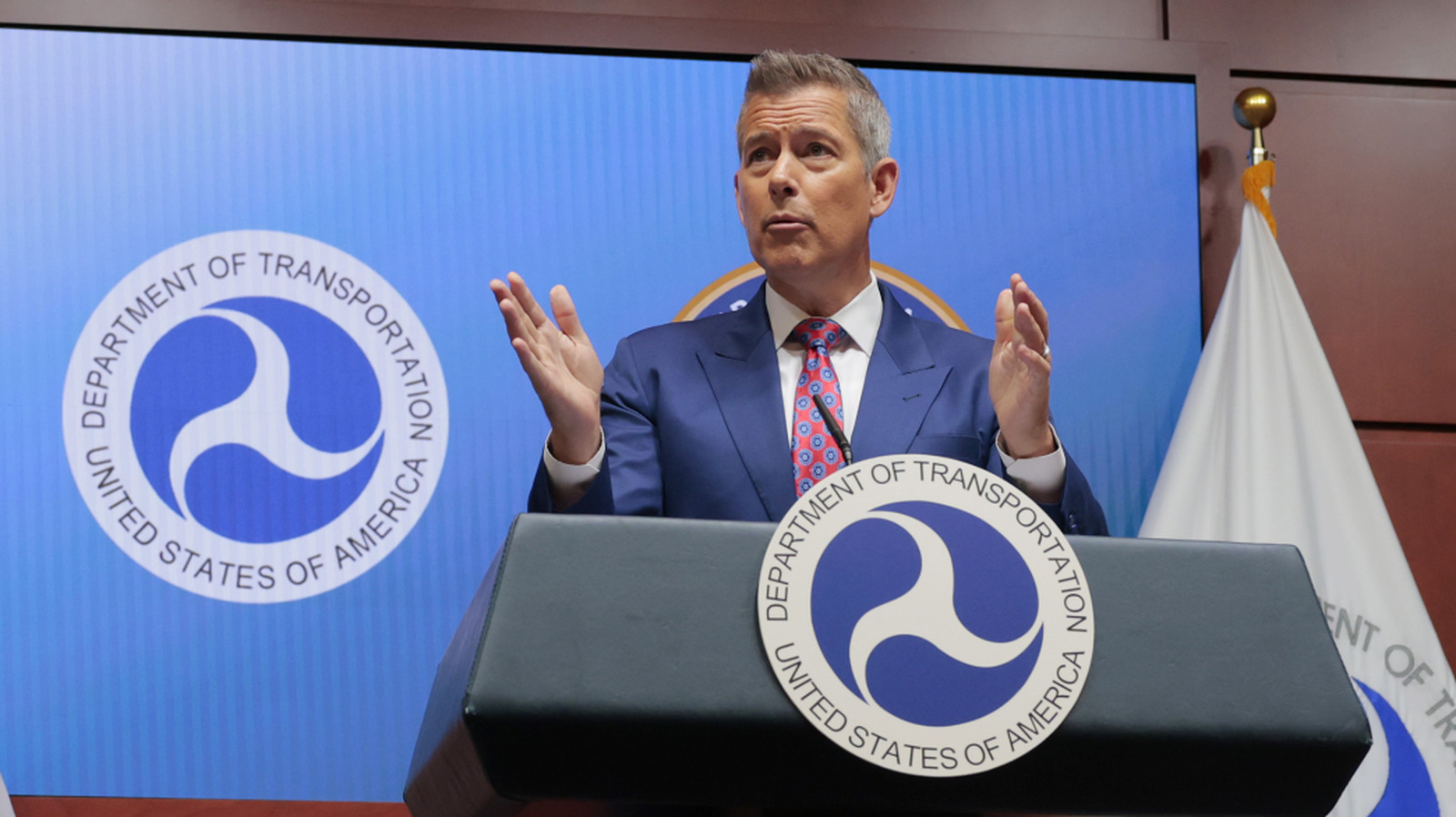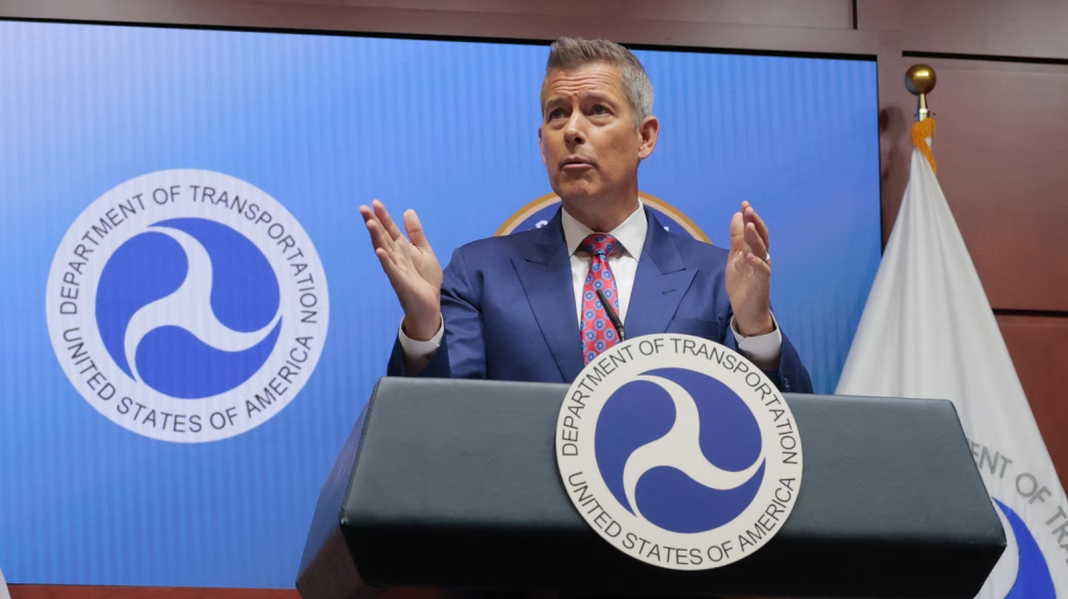The Federal Aviation Administration (FAA) is currently grappling with a significant challenge: the loss of institutional knowledge and experience stemming from a deferred-resignation program initiated during the Trump administration. This program has led to a wave of departures among seasoned professionals, raising concerns about the agency’s ability to maintain safety and regulatory standards in an ever-evolving aviation landscape.
What Does the Deferred-Resignation Program Mean for the FAA?
At its core, the deferred-resignation program allowed employees to resign while still receiving their salaries for a specified period. While this might have seemed like a cost-saving measure at the time, the unintended consequences are now becoming apparent. The FAA, which relies heavily on the expertise of its workforce to oversee the safety of the nation’s airspace, is facing a brain drain that could have long-term implications.
Imagine a seasoned air traffic controller or safety inspector with decades of experience suddenly leaving the agency. Their insights, honed through years of handling complex situations, are irreplaceable. New hires, while eager and capable, simply can’t replicate that depth of understanding overnight. This gap in knowledge can lead to slower decision-making processes and potentially compromise safety standards.
How Are Departures Impacting Air Safety?
The implications of this loss are particularly concerning given the FAA’s role in overseeing a $31 billion air safety overhaul. With fewer experienced personnel, the agency may struggle to implement new safety measures effectively. The aviation industry is constantly evolving, with new technologies and regulations emerging regularly. Without a robust foundation of institutional knowledge, the FAA risks falling behind in its mission to ensure safe air travel.
Moreover, the departure of experienced staff can lead to increased workloads for remaining employees, further straining resources. This can create a cycle of burnout and dissatisfaction, prompting even more seasoned professionals to consider leaving. The FAA must find ways to retain its remaining talent while simultaneously attracting new recruits who can bring fresh perspectives to the table.
What Steps Can the FAA Take to Address This Challenge?
To tackle this issue head-on, the FAA could consider several strategies:
1. **Knowledge Transfer Programs**: Establishing mentorship initiatives where seasoned employees can share their expertise with newer staff can help bridge the knowledge gap. This could involve structured training sessions or informal knowledge-sharing forums.
2. **Enhanced Recruitment Efforts**: The FAA should ramp up its recruitment campaigns, targeting not just recent graduates but also professionals from other sectors who may bring valuable skills and experience. Highlighting the importance of the agency’s mission can attract individuals who are passionate about aviation safety.
3. **Workplace Culture Improvements**: Fostering a supportive and engaging workplace culture can help retain existing employees. This could involve offering flexible work arrangements, professional development opportunities, and recognizing employee contributions to boost morale.
4. **Investing in Technology**: Leveraging technology can help streamline processes and reduce the burden on staff. For instance, implementing advanced data analytics tools could assist in decision-making, allowing employees to focus on more complex tasks that require human insight.
The Path Forward for the FAA
As the FAA navigates these turbulent waters, it’s crucial to recognize that the loss of institutional knowledge isn’t just a staffing issue—it’s a safety concern. The agency’s ability to adapt and thrive in the face of these challenges will depend on its commitment to preserving the wisdom of its workforce while simultaneously embracing new talent and innovations.
The big takeaway? The FAA’s situation isn’t about perfection—it’s about smarter adjustments. By implementing targeted strategies to retain knowledge and attract new talent, the agency can ensure that air safety remains a top priority. Start with one change this week, and you’ll likely spot the difference by month’s end.


